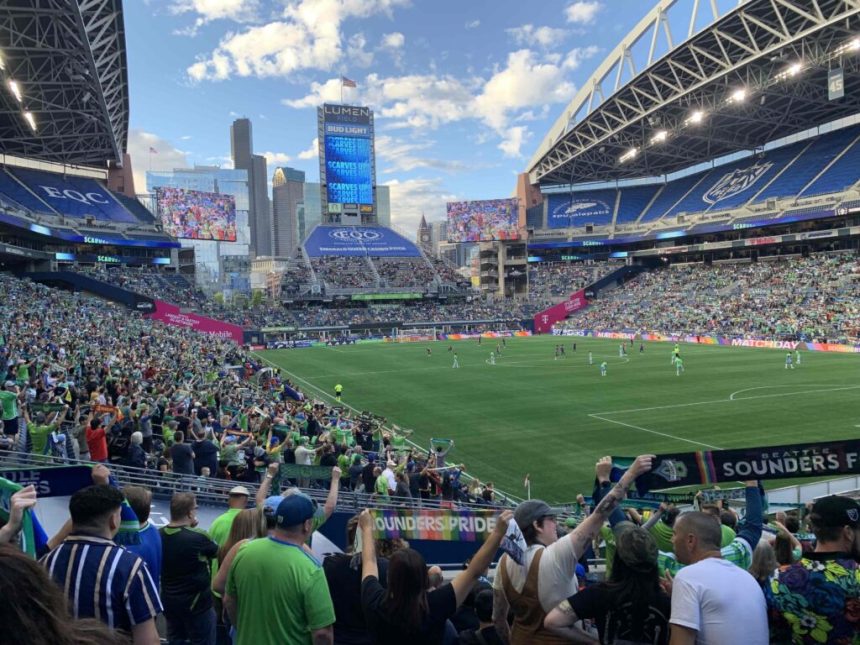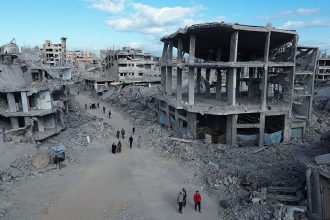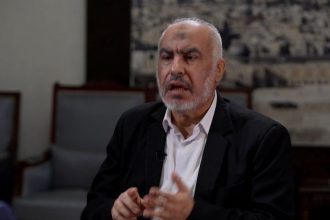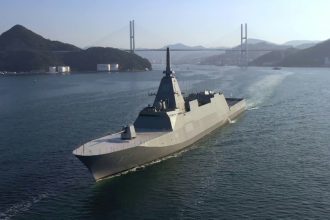Lumen Field in Seattle is one of 16 stadiums in three countries – USA, Canada and Mexico – that will host matches during the 2026 men’s soccer World Cup. (Liz Banse)
Driving through the Highway 99 tunnel in Seattle could be pricier during next summer’s FIFA World Cup.
With traffic expected to surge when the city hosts several matches, the Washington State Transportation Commission may temporarily hike tolls for the two-mile tunnel to defray additional costs associated with the international sporting event.
Commissioners heard Tuesday that their staff are evaluating potential increases of 50 cents and $1 that would be imposed between June 1 and July 15, 2026, the period in which six World Cup contests are scheduled at Lumen Field in downtown Seattle.
State lawmakers directed the commission to consider a temporary increase and use the money to cover added costs of managing traffic around the stadium and throughout the Puget Sound when fans flood the region in those six weeks.
Doing nothing is an option too, said Carl See, the commission deputy director. While commissioners need to keep in mind the impact of the influx of visitors, they also need to remember any increase “may have an impact on those who have no interest” in taking part in what will be a “monumental event” for the state, he told the panel.
The Pacific Northwest will host 13 World Cup matches — six in Seattle and seven in Vancouver, B.C. Conversations have been under way for months on how to avert monumental backups at the U.S.-Canada border and assist fans moving between the host cities.
About 750,000 people are anticipated to come to Washington state in the course of six weeks. In addition to matches, teams will be practicing at the University of Washington in Seattle and Gonzaga University in Spokane. There will be training locations and fan zones in the state, too.
State lawmakers earmarked roughly $24 million in the current transportation budget for World Cup-related expenses. Additional dollars were cribbed into the operating and capital budgets for security and field upgrades.
With transportation, there’s $14 million for transit, including $5 million for expanding intercity bus service in the state, and another $8.25 million for operational improvements aimed at keeping people moving.
There’s $2 million for maintenance in the vicinity of the tunnel. Those dollars will come out of the tunnel toll revenue account. Lawmakers assumed that sum could be covered from a temporary toll rate increase but didn’t mandate one.
Roughly 47,000 vehicles travel through the tunnel each day based on a July 2024 analysis.
Tolls vary based on time of day with higher rates in peak commute hours and lower rates on nights and weekends. They are collected in both directions as one exits the tunnel.
Weekdays, the cost ranges from $1.25 to $1.85 per trip with a Good to Go pass. It is $1.25 on weekends. Drivers pay an extra 25 cents per trip with the Pay By Plate option, in which they register their license plate on a Good To Go! account without a pass. There is a $2 fee tacked on if you pay by mail.
What will be studied are potential increases of 50 cents per trip and $1 per trip that would be imposed at all times, including on weekends.
In December, staff will present the commission with projections of how much money might be generated from those assessments and how many drivers might choose to use local roads and Interstate 5 to avoid higher tolls.
See cautioned that he didn’t want to “overpromise” what data would be delivered. If approved, this would be the first such temporary toll-rate hike, he said. Given the short six-week duration and uniqueness of the sporting event, it will be hard to model for every possible factor with precision, he said.
If the commission decides to proceed with a one-time temporary toll rate increase, it would conduct a rate-setting process including gathering public input on potential rate options.









